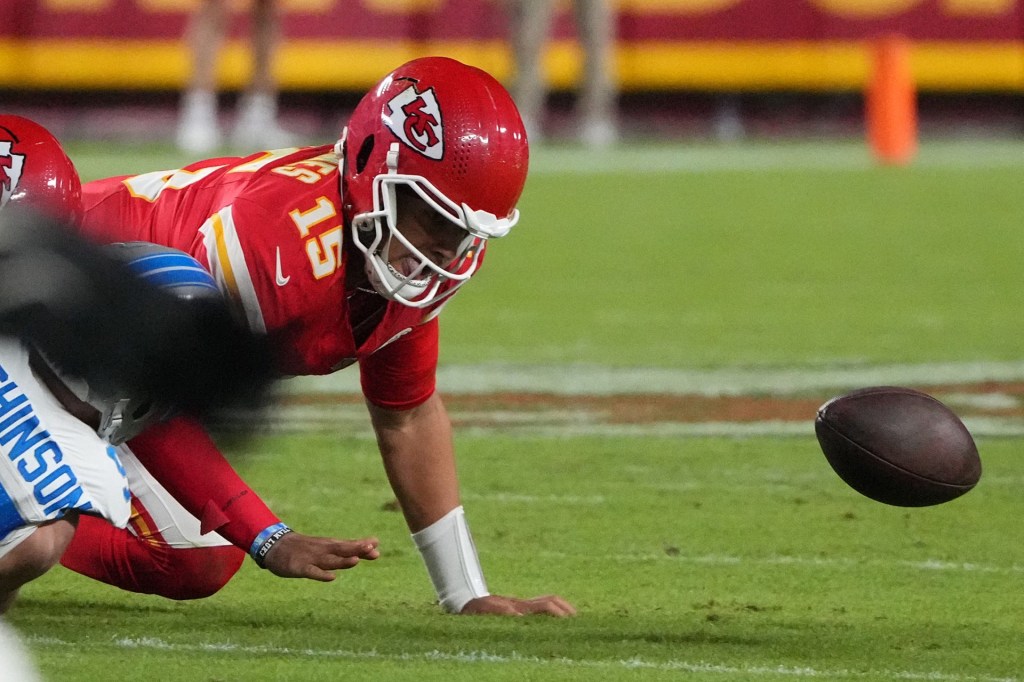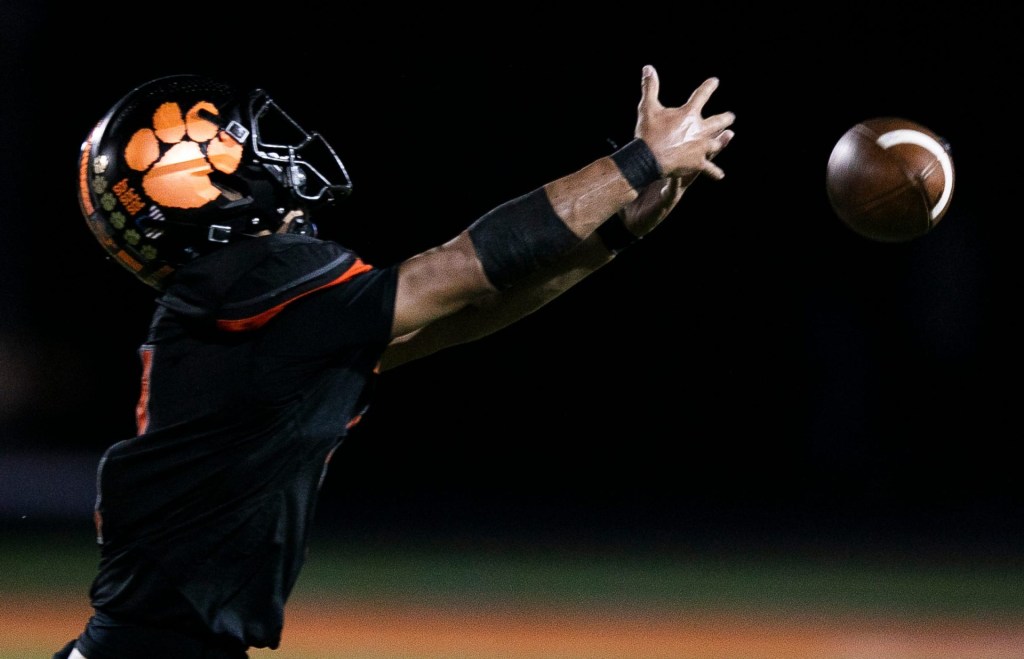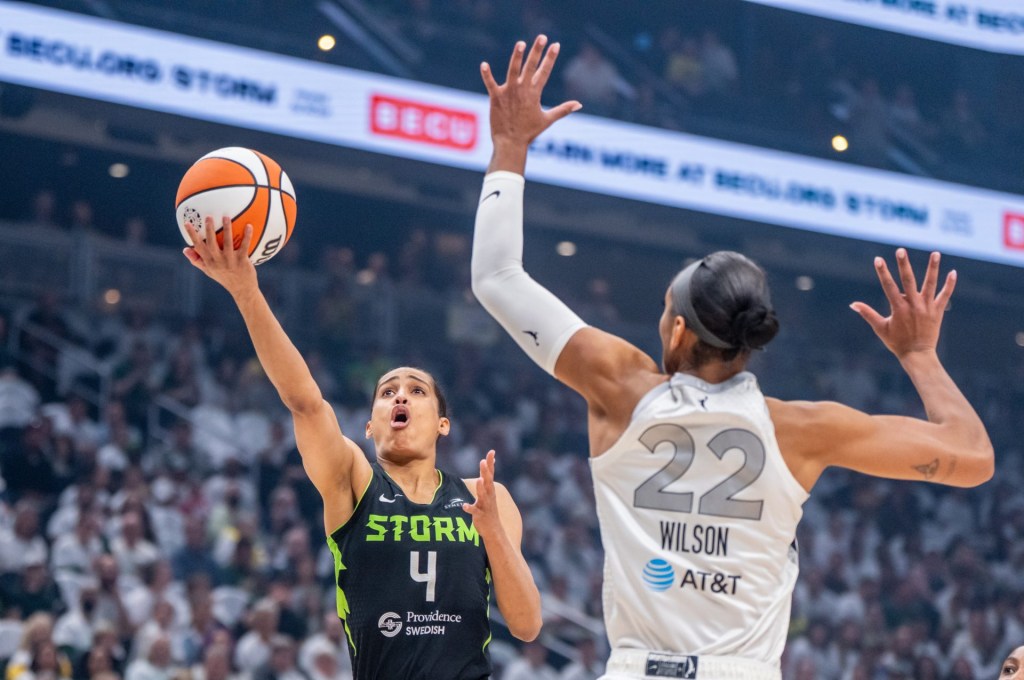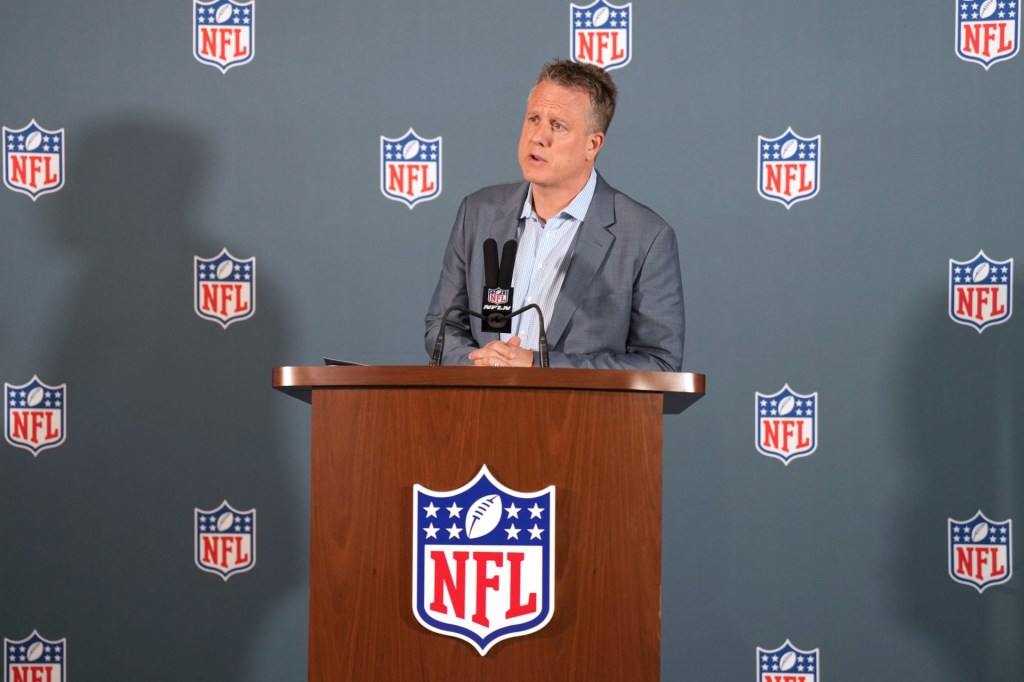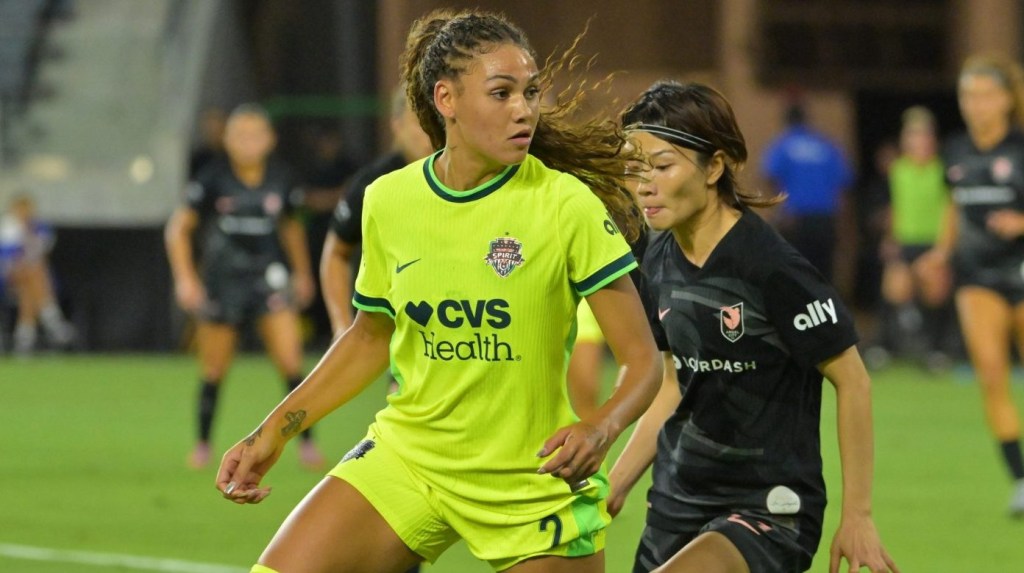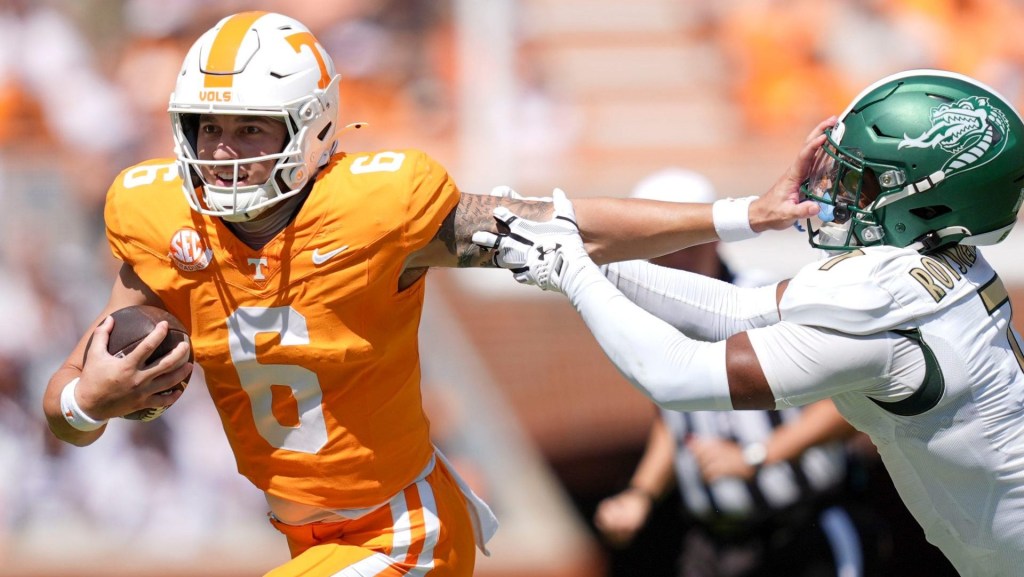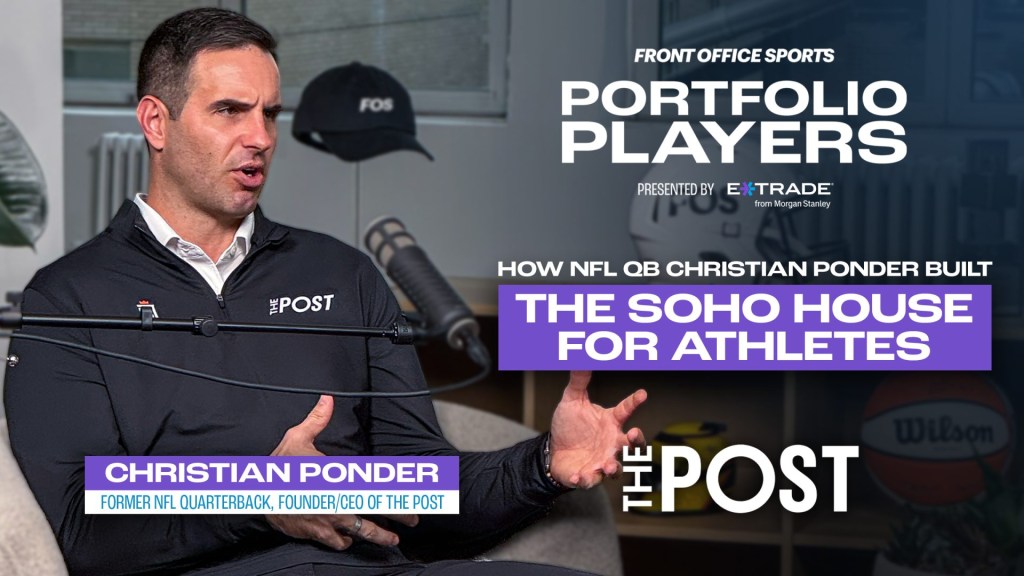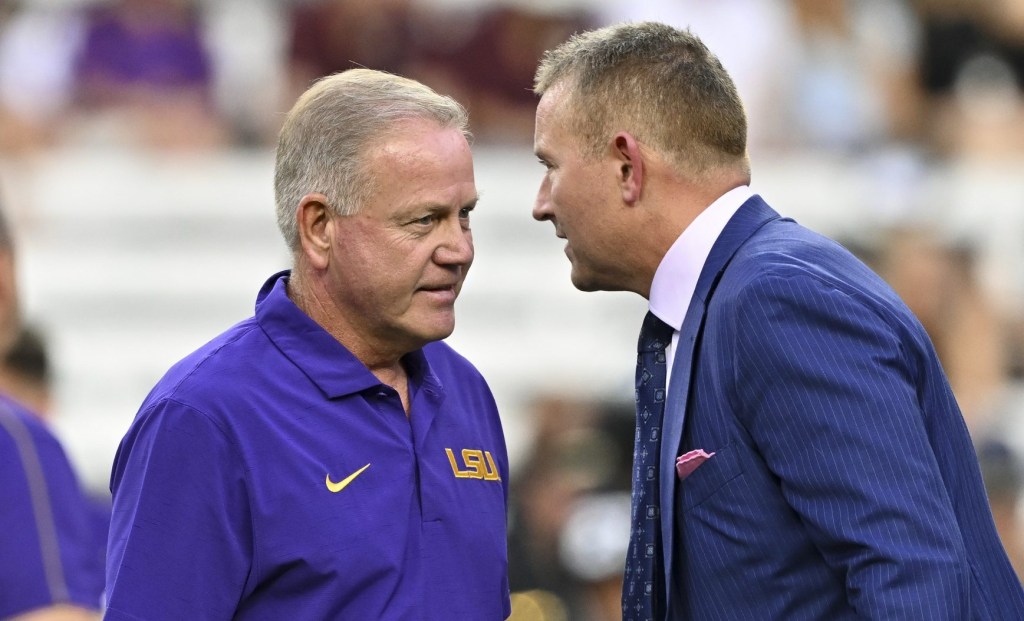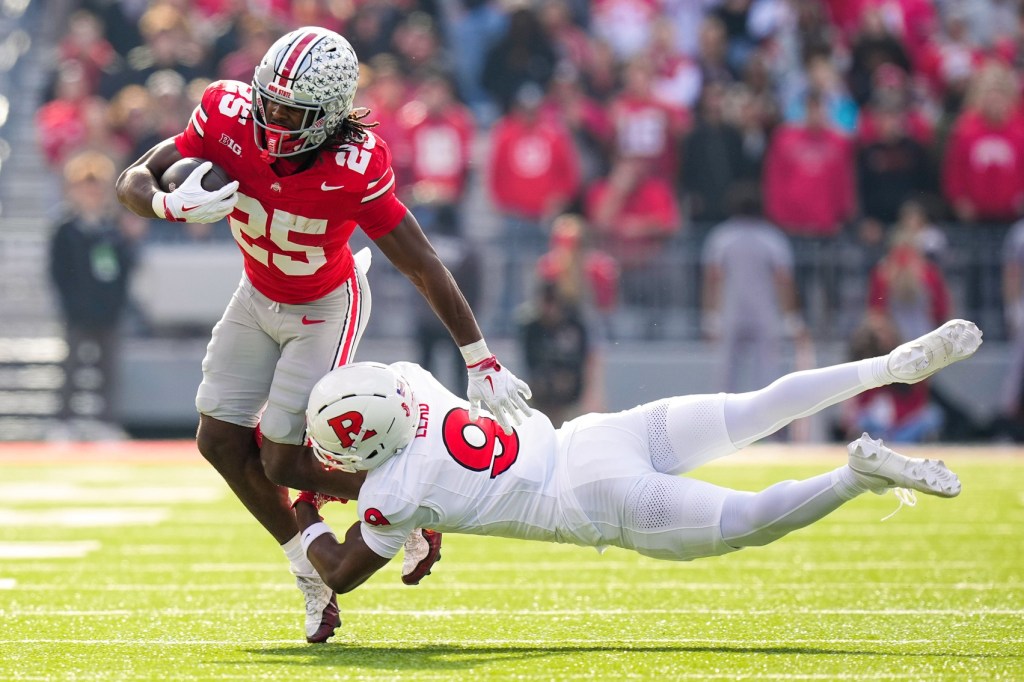The professional hockey world is already bracing for Gavin McKenna.
The Canadian forward is the consensus No. 1 pick in the 2026 NHL draft, as he has torn up Canada’s Western Hockey League with the Medicine Hat Tigers. But while 17-year-old McKenna may hold the future of the NHL in his hands, he can also reshape the entire landscape of NCAA hockey any moment now.
In November, the NCAA Division I Council voted to allow skaters from the Canadian Hockey League—the WHL, Ontario Hockey League (OHL), and Quebec Maritimes Junior Hockey League (QMJHL)—to play NCAA hockey beginning Aug. 1, 2025. CHL players had previously been barred from playing in the NCAA, but an antitrust lawsuit filed in August 2024 paved the way for the NCAA to drop its ban last November.
The major question is whether McKenna will take advantage of the new open window. Since the announcement, several major pro prospects from the CHL have peeled off, announcing their commitments to leading Division I programs, including Michigan, North Dakota, Quinnipiac, and Denver.
Speculation is growing that McKenna will follow, with ESPN NHL analyst John Buccigross hinting on X that he may be headed to Michigan State. (Lightning first-round draft pick Isaac Howard, the reigning winner of the Hobey Baker Award as college hockey’s best player, plays for the Spartans and will return for his senior season in 2025.) Other insiders have linked McKenna to schools including Michigan and Penn State, which just had its first appearance in the Frozen Four.
McKenna would bring an extraordinary amount of talent to any NCAA team he’d join, which will almost certainly be an existing powerhouse program, says Mike McMahon, publisher of the College Hockey Insider newsletter. He expects McKenna to “immediately be one of the best players in college hockey, and an early favorite to win the Hobey.”
But beyond the benefit for McKenna’s anointed landing spot—which will likely garner the most media exposure throughout the season—the junior hockey pipelines that feed the NHL will also be altered. McKenna’s defection to college would signal that the NCAA is now the preferred development path for the sport’s best prospects. The college game is different: filled with older, stronger, and more mature skaters, where on-ice play more closely mirrors the pro game. Many of these programs have NHL-level facilities.
“It’s an affirmation of the college development model,” says McMahon. “That’s what everybody involved in the NCAA has always believed was the benefit to college hockey. Those coaches would say, ‘Yes, this is, this is exactly what we’ve been talking about.’”
If McKenna starts the dominoes falling, it would also potentially weaken the CHL’s three leagues as NCAA programs siphon off skaters with the highest professional potential, especially at the U20 level. “A lot still has to play out, but by no means are we panicking or not confident that we can’t develop great players,” CHL president Dan Mackenzie told The Globe and Mail this week.
The CHL is the primary development league for Canadian players and currently represents the largest pool of NHL draft picks. Calder Trophy–winning Connor Bedard played for the Regina Pats in the WHL before landing with the Blackhawks as first pick in the 2023 NHL draft, for example. Former college hockey players currently make up about a third of NHL rosters, a number that could change dramatically soon.
Pending the approval of the House settlement, which would allow schools to directly pay players for the first time, college hockey players also stand to make money that outstrips meager CHL salaries. NIL (name, image, and likeness) compensation, too, will be a factor, especially for players such as McKenna, who are becoming faces of the sport well before they even land with an NHL team.
For major-conference hockey programs, where football and basketball are the primary revenue-producing sports, players won’t see the millions star quarterbacks are making—but their earning potential will still be significant. It’ll turn these teams into coveted landing destinations for top talent that otherwise wouldn’t have played in the NCAA, feeding a new college hockey arms race.
McMahon has heard some Big Ten schools have budgets of about $700,000 for revenue sharing and NIL for their hockey players. “That’s obviously far less than what those schools are spending on football and basketball, but it’s also far more than what most of the other schools in college hockey are spending,” he says. “Some schools have a $100,000 budget. Some schools have a $50,000 budget. Some schools have a zero budget.”
Canadian players like McKenna, who is from the Yukon Territory, stand to gain the most. McMahon says about 90% of American prospects opt for college, whereas it’s been a battle to sell the NCAA over the CHL to Canada’s top skaters. These Canadian players are now open to earning more in college. “It’s a big reason why CHL players are interested, too—they’re going to have the opportunity to come down and get paid,” he says.
McKenna was 14 years old when he began playing with Medicine Hat in 2022. This season, he racked up a staggering 54-game point streak—a yield of 40 goals and 137 points during that time—which is the longest in the CHL’s modern era. The stats put him in line with players including Bedard as well as Connor McDavid.
McKenna’s decision could come in a matter of hours or days, and he very well could skip college. But even the suggestion that he could join an NCAA program shows that the elite hockey pipeline is undergoing enormous change.

